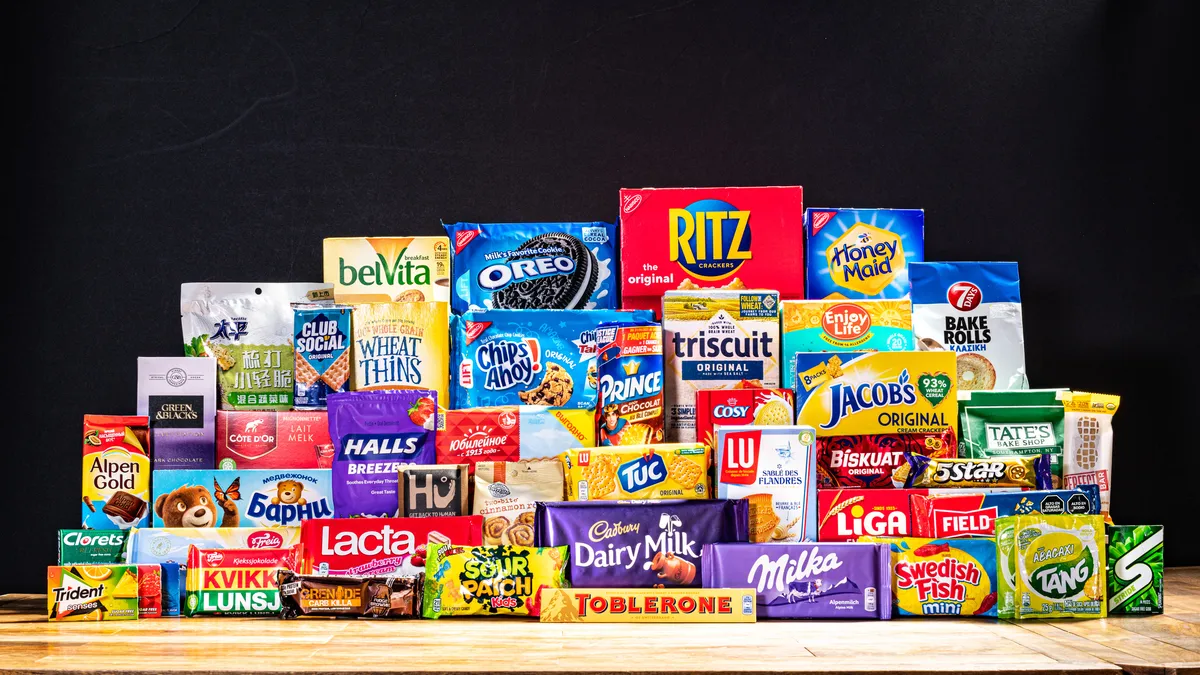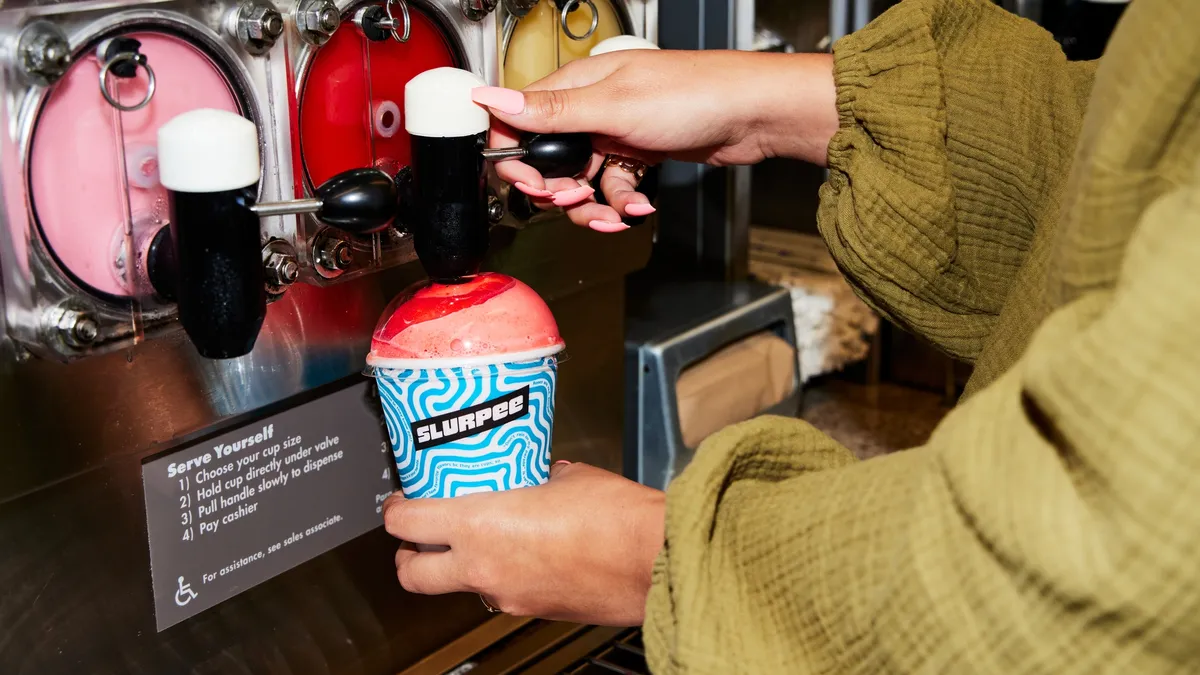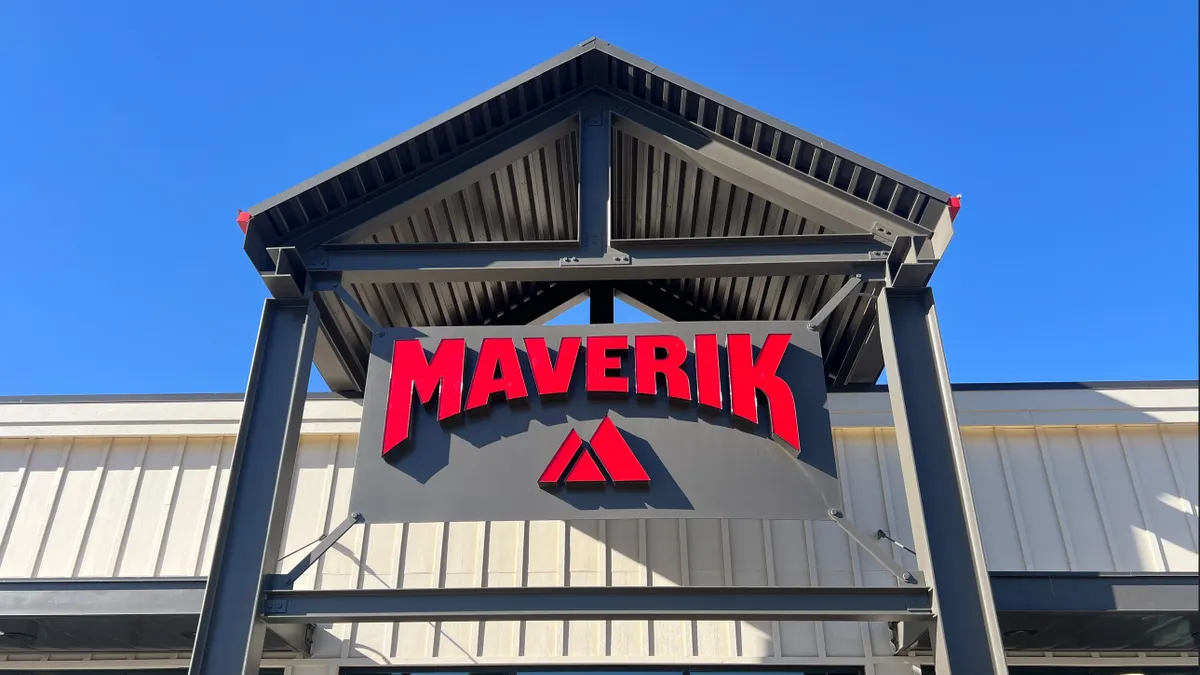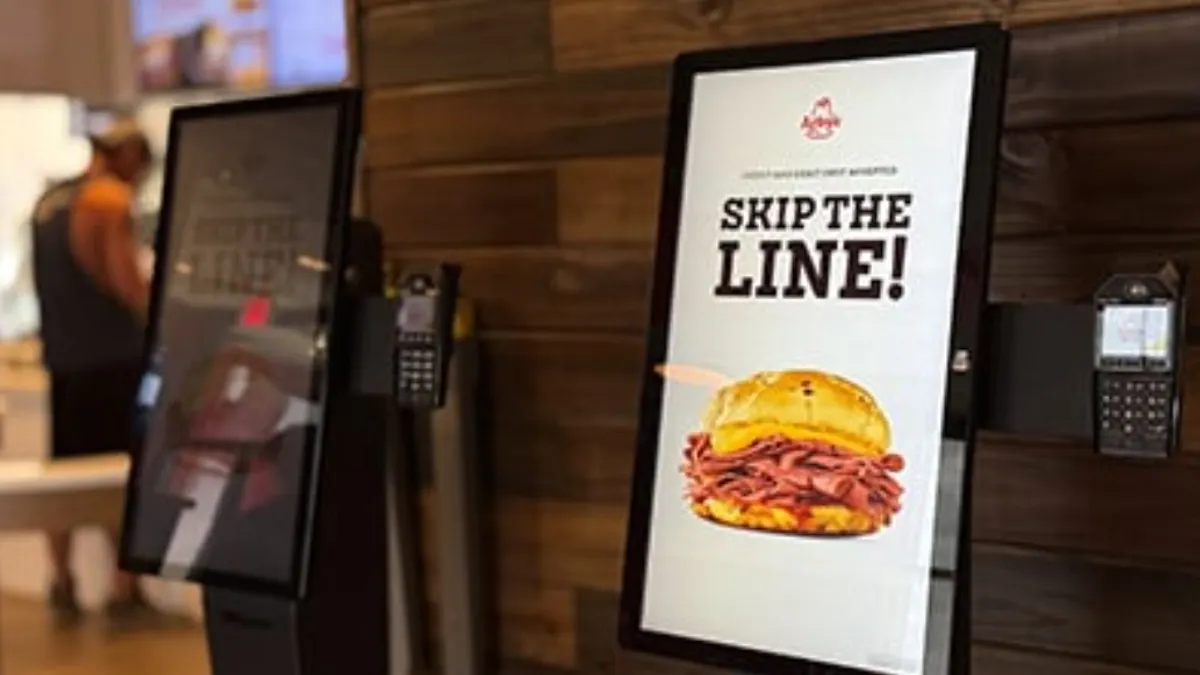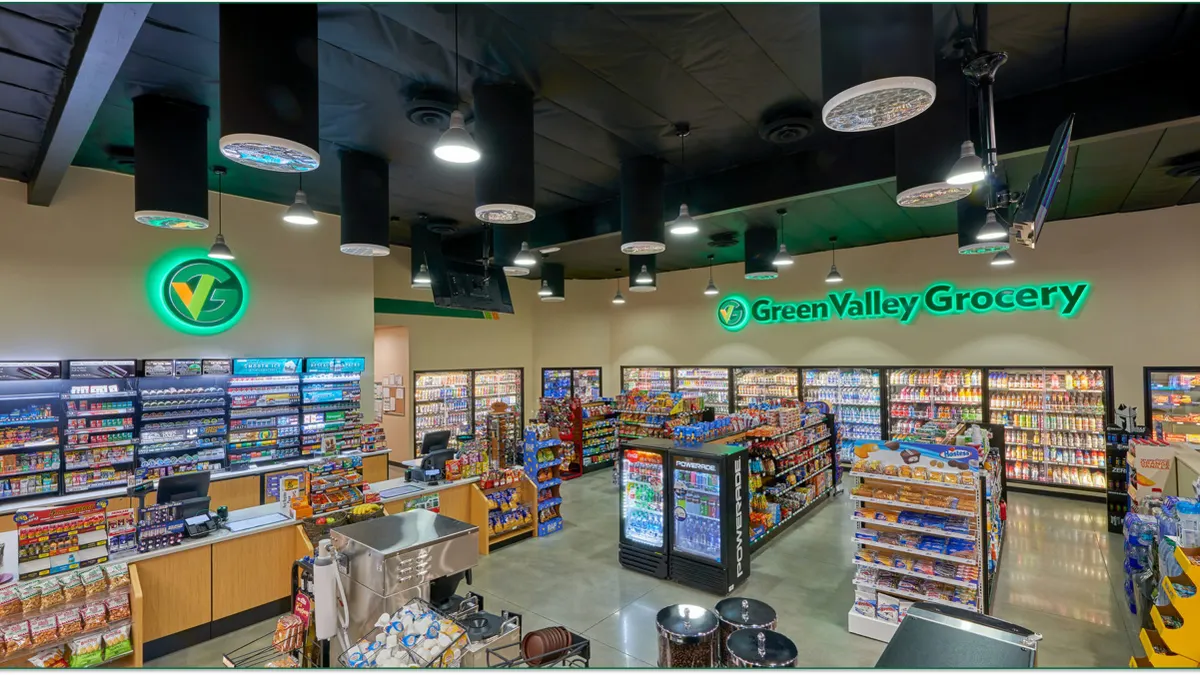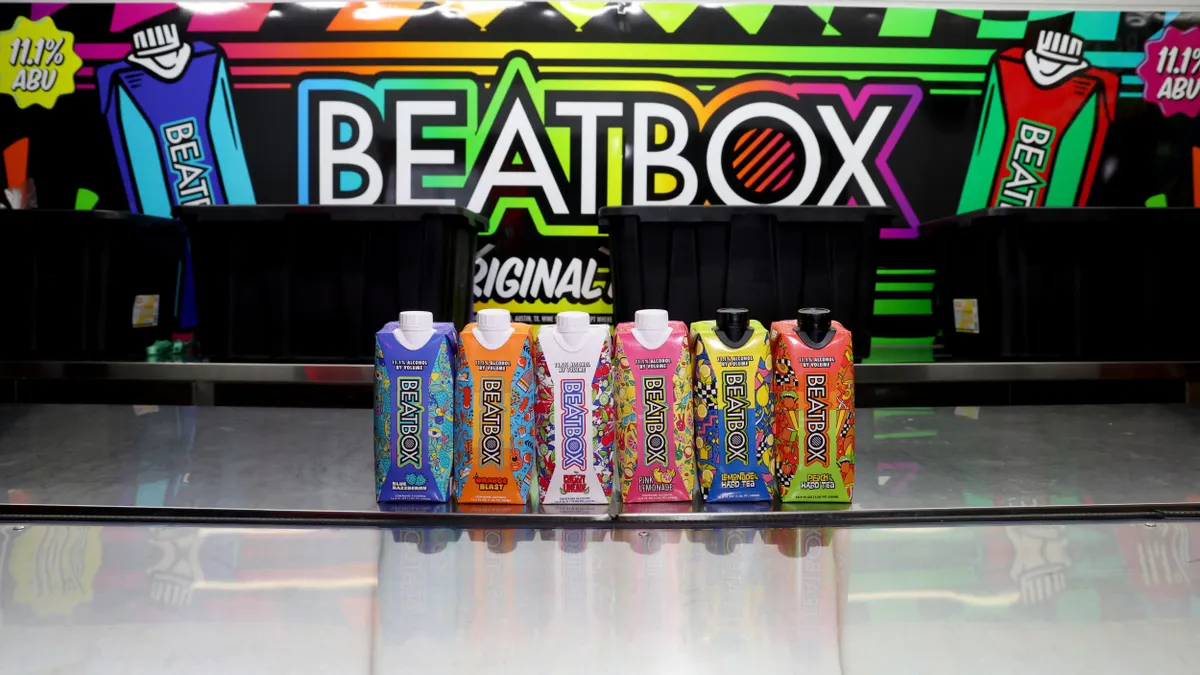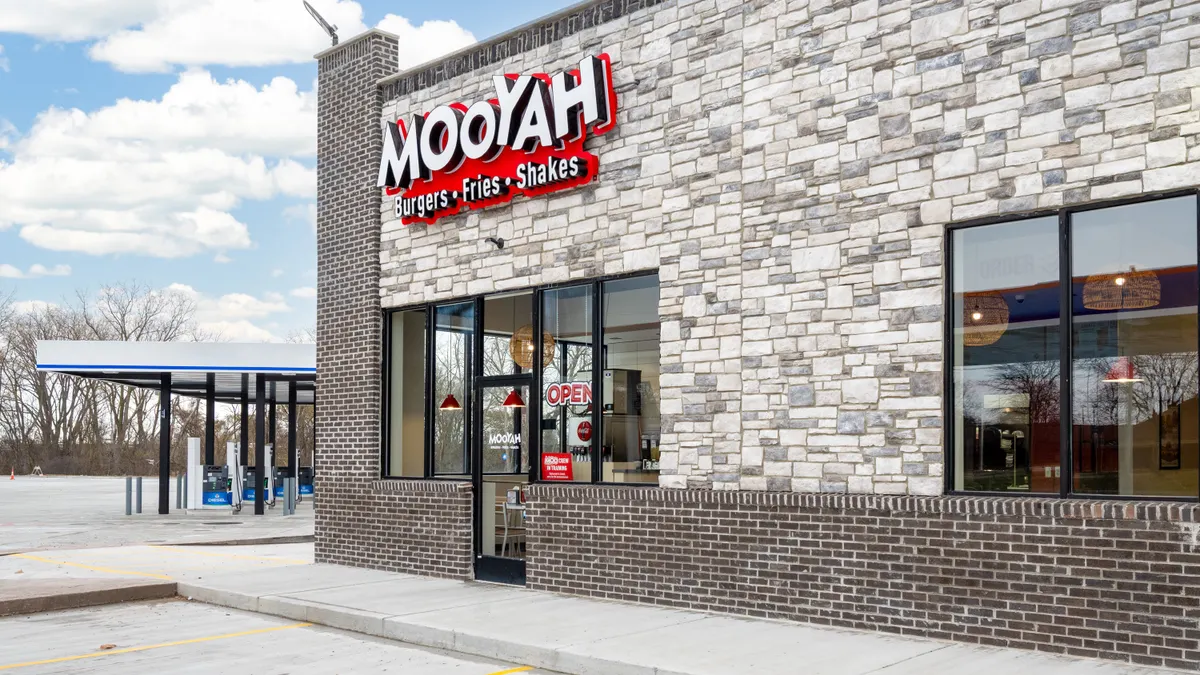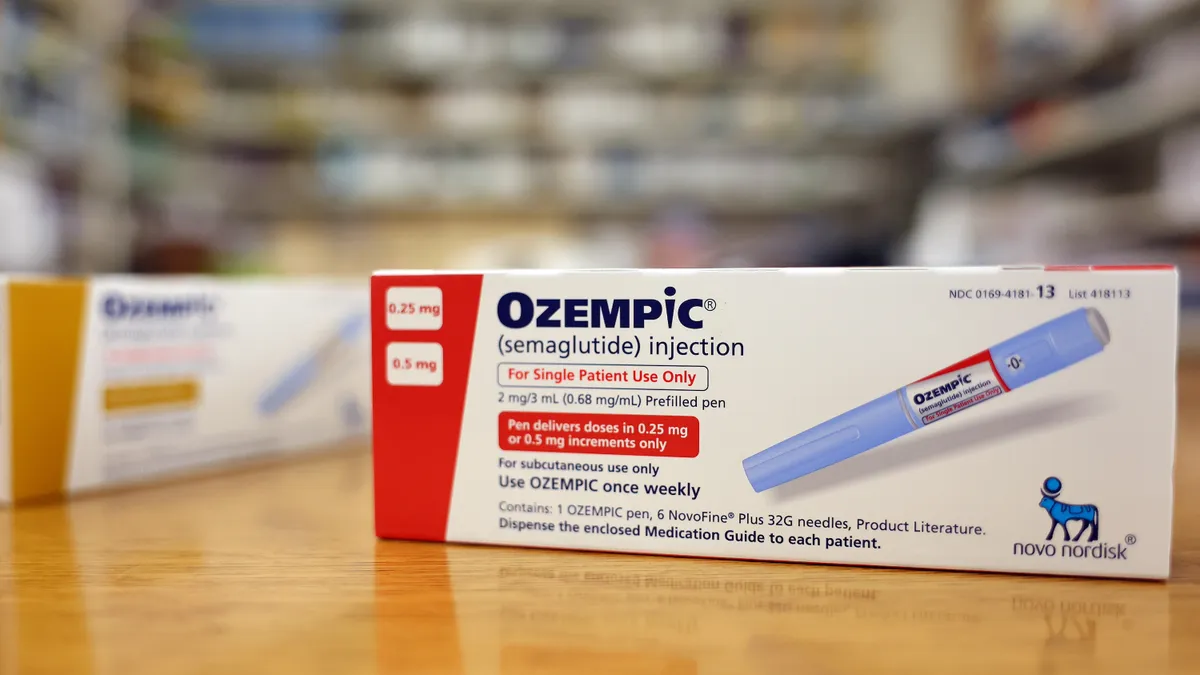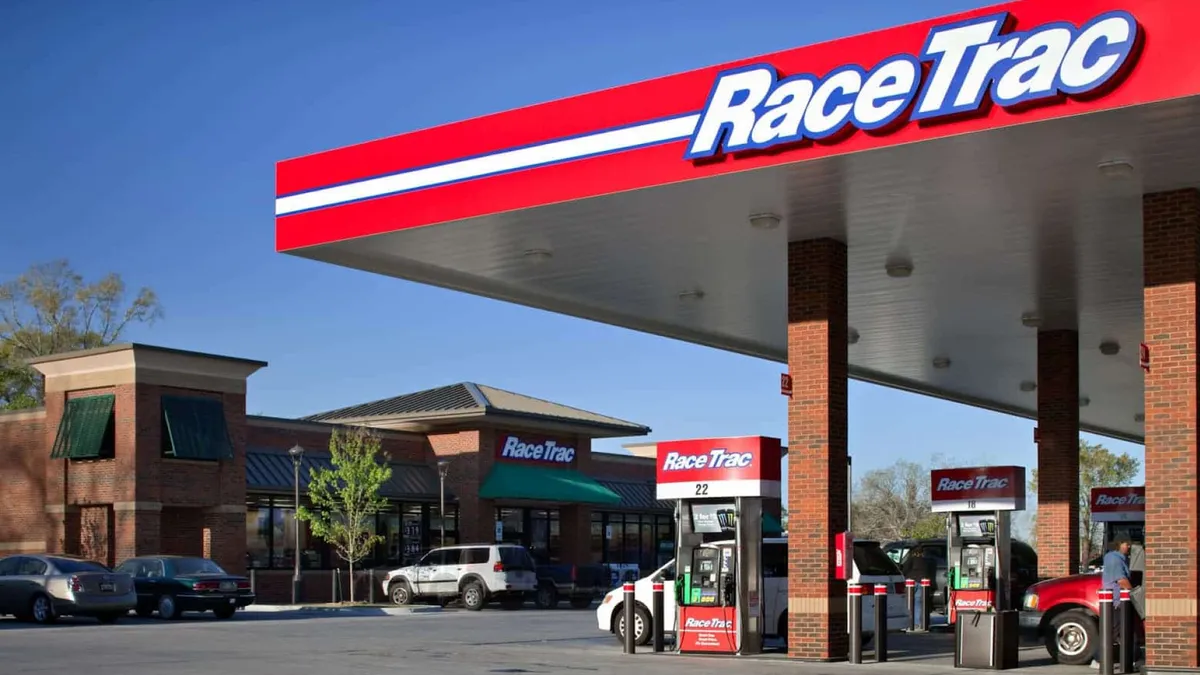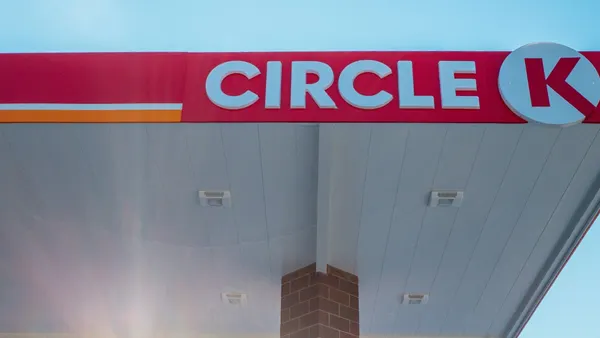Despite food inflation that has plagued the entire economy over the past year, Americans continue to buy snacks — particularly at c-stores. Strong sales will likely continue this year as Americans flock to convenient, healthy and indulgent snacks.
In 2022, snack sales in c-stores surged 12% to nearly $11.6 billion, while sales in all outlets including c-stores climbed 11.7% to $58.7 billion, according to IRI and 210 Analytics. The IRI data encompasses the latest 52 weeks ending Dec. 4.
Out of all snack options, salty snacks drove sales at c-stores the hardest last year, accounting for around $7 billion in sales, while meat snacks and jerky sales reached $2.2 billion.
There is “aggressive dollar sales growth as spending on snacks remains resilient,” according to 210 Analytics Principal Anne-Marie Roerink, despite a drop in volume in c-store snacks over the past year due to inflation, reductions in supply inputs and a slower return to “normal” social and work activities post-COVID-19.
“Manufacturers and retailers have not been able to promote as much as pre-pandemic, but some are working on offering manageable prices to consumers who are struggling to stay on budget by shrinking the packages,” Roerink said.
Plus, despite the pressure on consumers’ incomes, “we see continued strength in sustainable and health-related innovations, with claims such as high protein, plant-based or gluten free driving growth for the category,” she noted.
The top trends expected to benefit snack growth in 2023 tie in with consumers’ ongoing price concerns as well as their desire for innovation and healthier lifestyles.
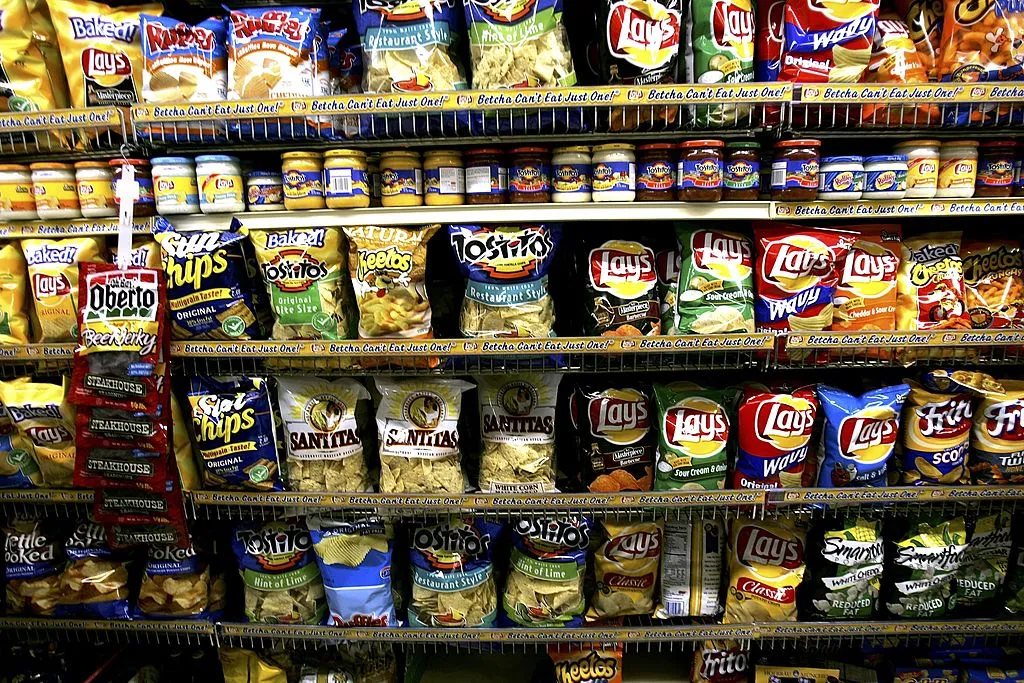
Snacking on the go realizes a resurgence
Many consumers have resumed the daily habits and activities they enjoyed before the pandemic, leading to an uptick in demand for on-the-go snacks.
“Most the nation’s children are back in school, sports and other activities are back in full swing and more and more people are going back to working at the place of business, at least part of the time,” Roerink said. “We see this impact on strength for lunchbox items — small bags — but also in the way people are treating now.”
Many schools now require shareable items to be individually wrapped, which has prompted many shoppers to bypass in-store bakery items like cookies and cakes in favor of items typically found in the snack aisle, Roerink noted.
“Planned snacking is an area of growth opportunity for convenience stores. During the pandemic, many saw a surge in grocery sales and figuring out how to hold on to those sales will be key to keep up with the pandemic sales patterns,” she said.
Consumers are also increasingly purchasing pre-prepared cold grab-and-go snacks, added Bret Yonke, director of research and insights at foodservice consulting firm Technomic. “Convenience is likely driving this as cold offerings do not have to be eaten right away. This presents a greater window of opportunity in consumers’ minds when making a purchase (e.g., can save it for later, etc.),” Yonke said.
Snack makers focus on ‘unexpected flavor combinations’
Throughout the years, the snack industry has been able to spike sales with limited-time flavors and innovative textures and designs. While new product launches took a back seat at the start of the pandemic, they were back in full force last year.
PepsiCo’s Lay’s brand, for example, has been very progressive with new flavors, including Wavy Carnitas Street Tacos Chips — one of three flavors launched in October to celebrate the World Cup.
New snack flavors include Korean, Indian and Mexican influences, along with a wider variety of ingredients, such as sweet potatoes, mushroom jerky, taro bites, freeze dried mango, and legumes as the base for chips, Roerink noted. Unusual new snacks include potato chips with dried beef “chips” from Carnisnacks, and Mascot’s Sweet Georgia Heat Pecans.
For 2023, Roerink predicts “really fun flavors coming out. Spicy continues to be hot, but more than anything just unexpected flavor combinations.” Manufacturers will also launch more limited-time flavors in order to prompt impulse purchases and optimize category engagement, she said.
In addition, plant-based and health-focused snack foods will continue to be an area of focus for new snacks, Roerink predicted.
“I think there is opportunity to continue to innovate in conventional snacking, whether pack size, packaging innovations, flavors, new textures, etc. Younger generations, especially, love snack adventures,” she said.
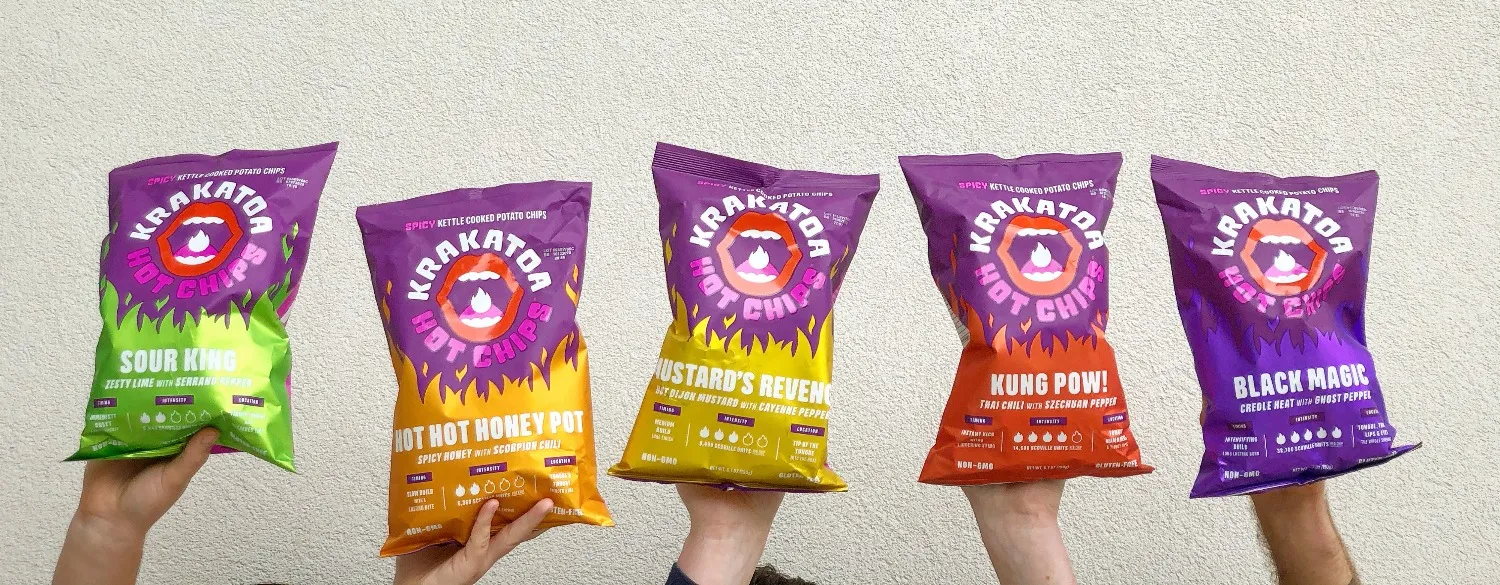
Snack prices rise, but are still seen as affordable
Snack prices have risen 12.6% on average for the year ending Dec. 4, according to IRI and 210 Analytics. Due to their concern about overall inflation, 30% of Americans plan to reduce snack purchases, Numerator found in its December Monthly Consumer Sentiment Survey.
These figures are potentially concerning for retailers, and seem to indicate that consumers may pull back on their snack purchases after enduring high prices for so many months.
But Roerink believes that many shoppers still see a lot of value across the many snacking options that stores carry.
“While this is a substantial increase, most snacks remain an affordable item, certainly when comparing items bought at retail versus those bought in foodservice,” Roerink said.
In addition, both smaller pack sizes and large family packs are helping consumers “meet the price point they are able to afford,” Roerink said.
While some consumer surveys have shown that consumers may start to contract into core, primary food items during times of inflation, that may not actually materialize in their buying habits, Roerink explained.
"I think we have to keep in mind that sometimes people answer surveys with their altruistic selves but shop as the more realistic, perhaps economic selves,” she said.
Healthy snacks continue to grow and innovate
Even as many consumers remain price sensitive, analysts see continued strength in sustainable and health-related innovations in snacking. In particular, claims such as high protein, plant-based or gluten free are driving growth for the category, according to Roerink.
The market for healthy snacks — typically those low in sodium and sugar — is expected to hit an annual growth rate of 6.5% from 2022 to 2029 and reach $152 billion by 2029, according to Meticulous Research.
The growth of this market is driven by the increasing health consciousness among consumers, the rising demand for functional and healthy foods and the increasing popularity of convenience foods and on-the-go snacks, Meticulous noted in its report.
Roerink is seeing “better-for-you” options across all snack categories. “We see chips that are plant-based, have added protein or are gluten-free. We see meat snacks that are playing into diet trends by having no sugar,” she said.
Meat snacks are also focusing on other growth areas in that niche, including bringing more grass-fed beef and organic meat options to the category.
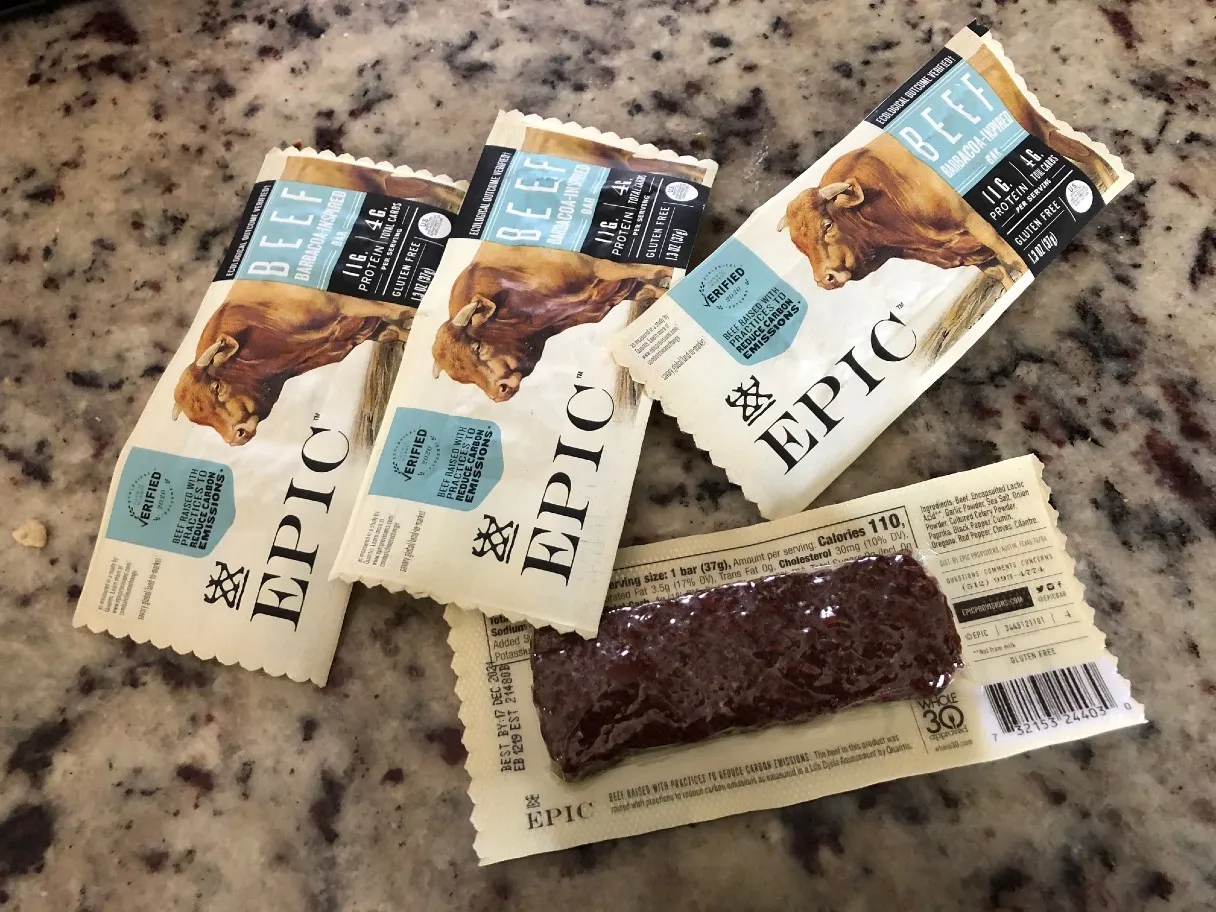
Despite the premium on healthy snacks, consumers — particularly millennials — want to purchase them, Roerink added. “To start, this generation grew up with package callouts and labels, so they are used to looking for them. But it is also the generation that is biggest into organic, grass-fed, etc and are likely to have younger children,” Roerink said.
Analysts agree that traditional salty and indulgent snacks are where shoppers put the most dollars though. “Healthy and plant-based are ‘trendy,’ but it’s not what a majority of people actually purchase when they go to c-stores,” Yonke said.
Still, better-for-you snacks are seen as “critical” to those consumers who value them, said David Browne, a market research and retail consultant for the natural and specialty food industry
“They may still be buying as much as ever while making concessions in other areas,” he added.

